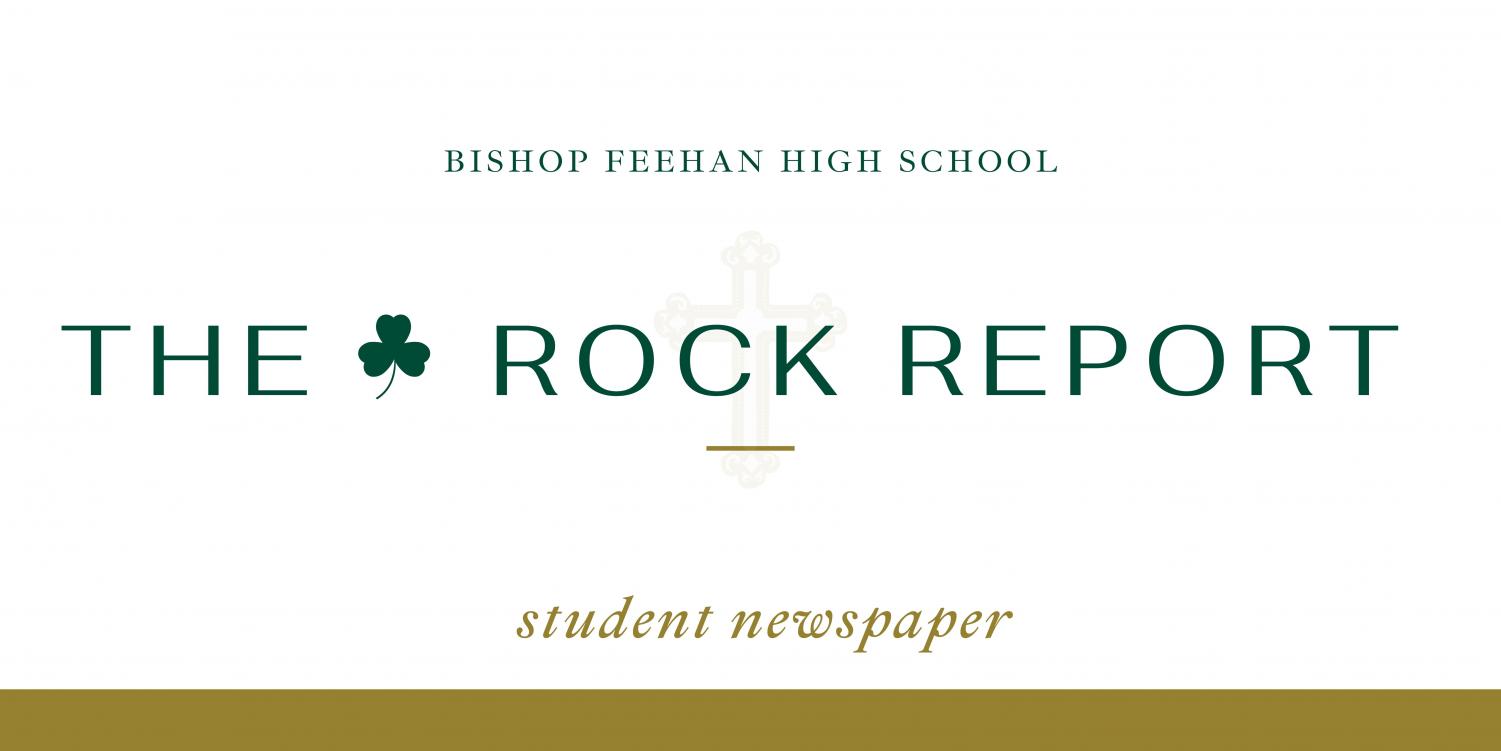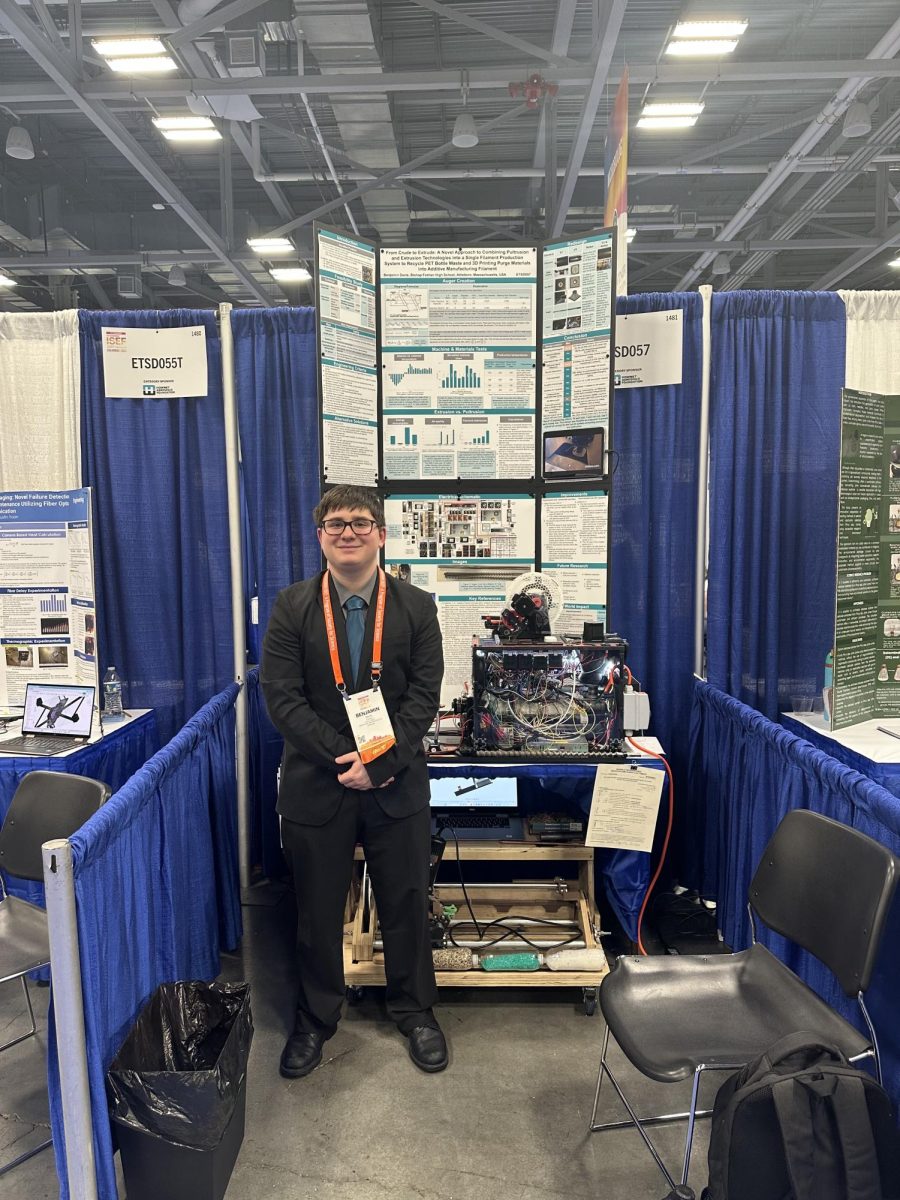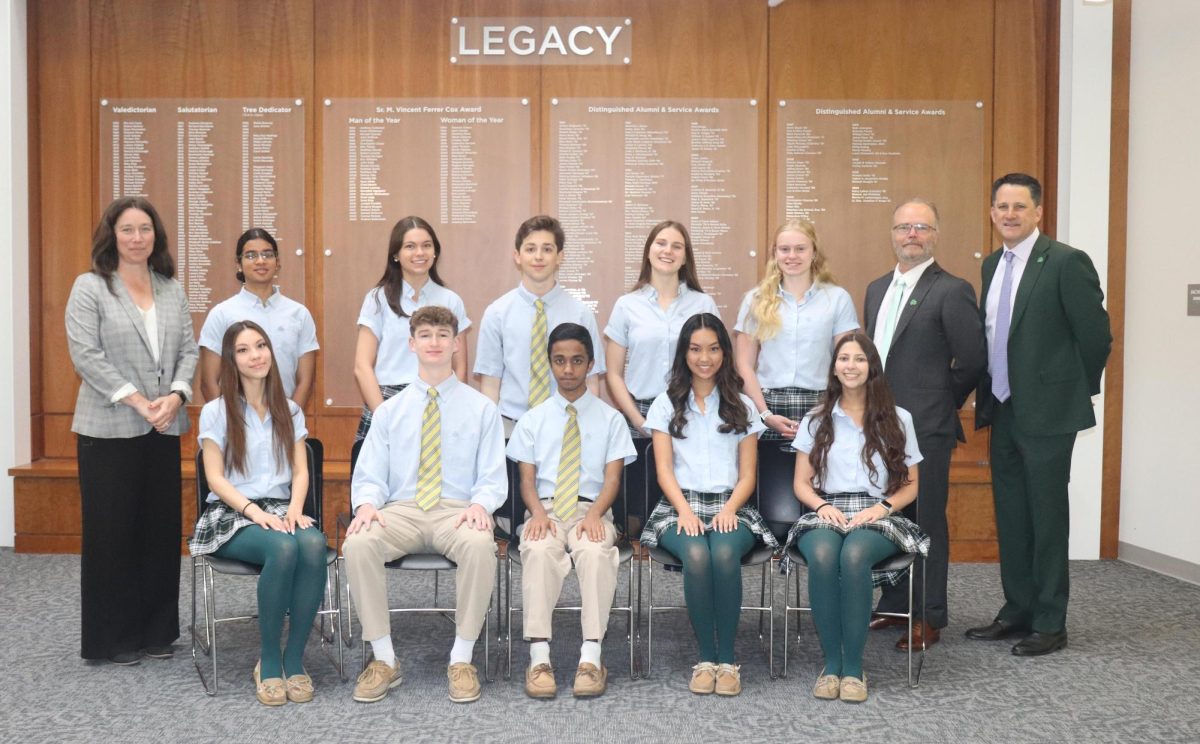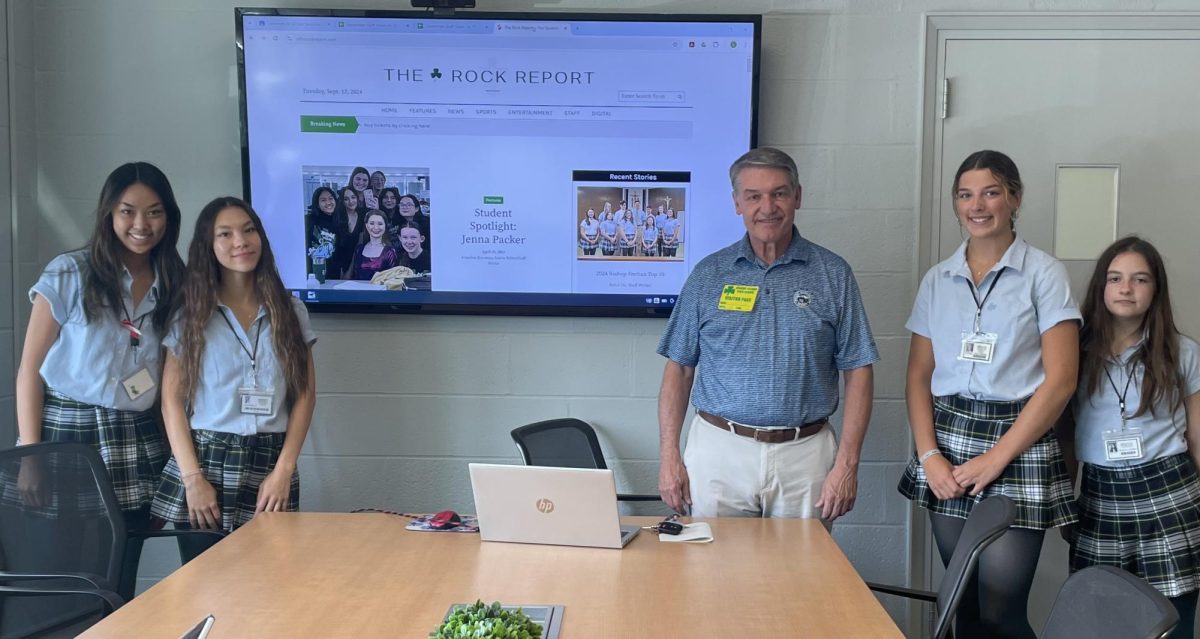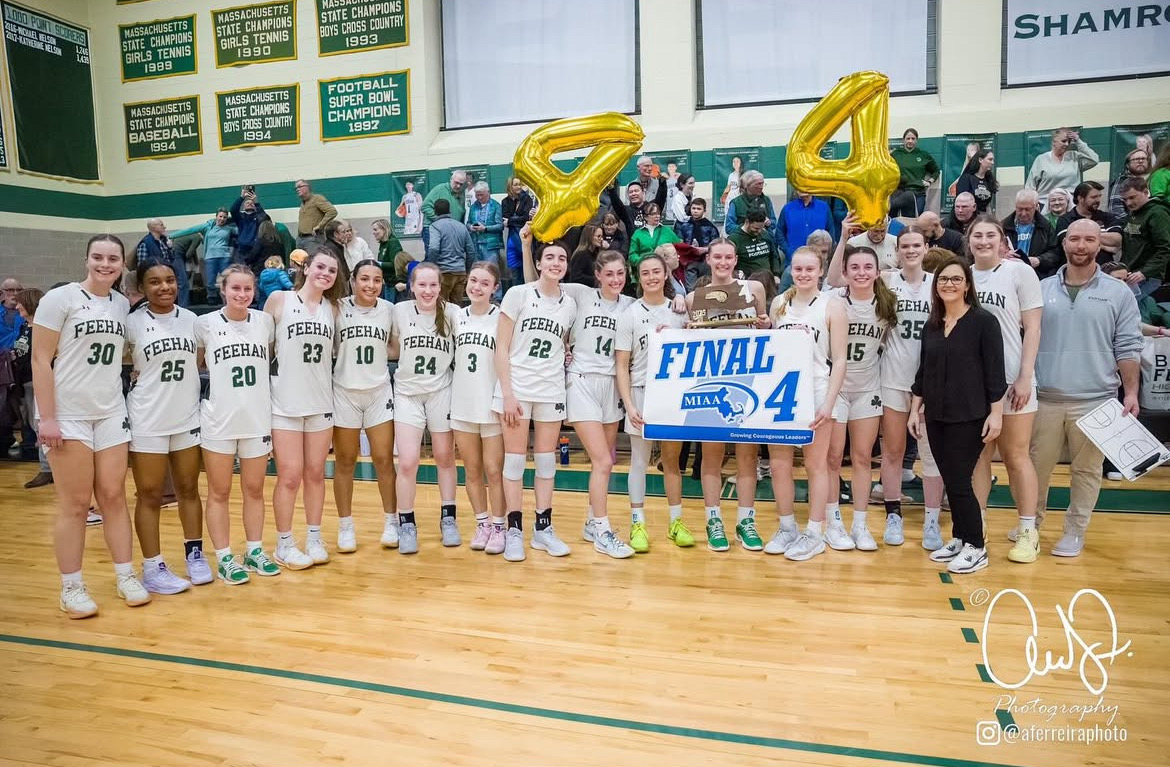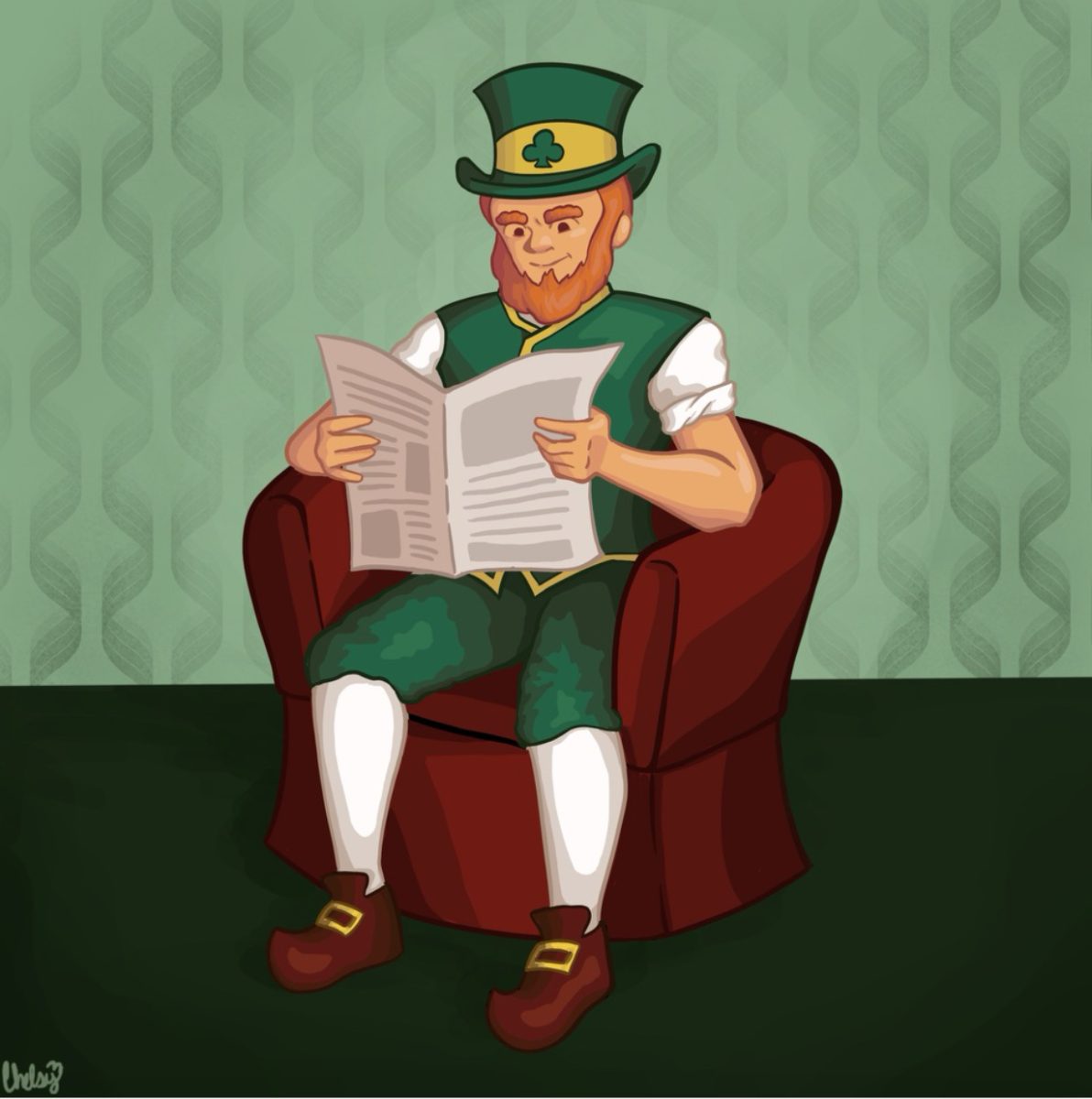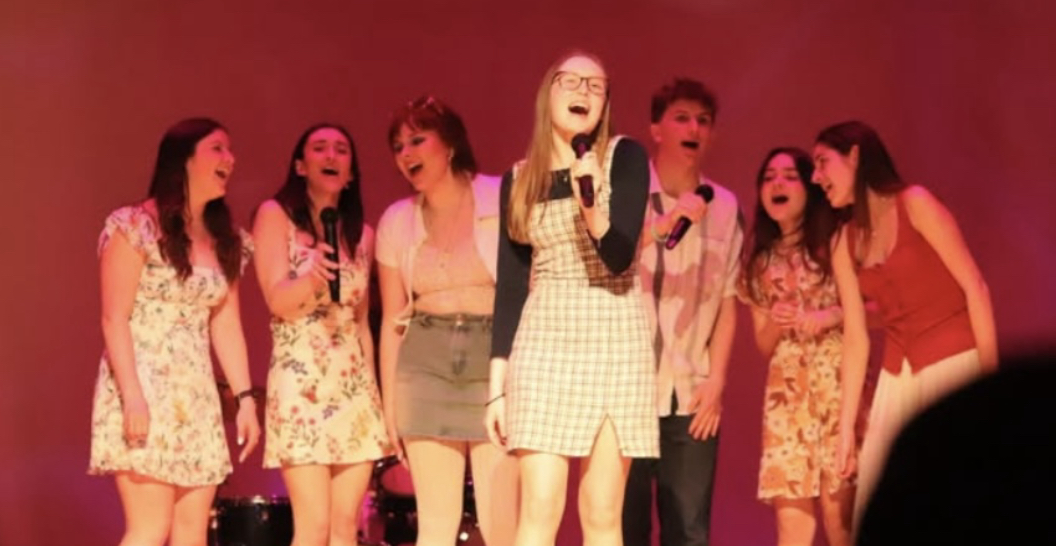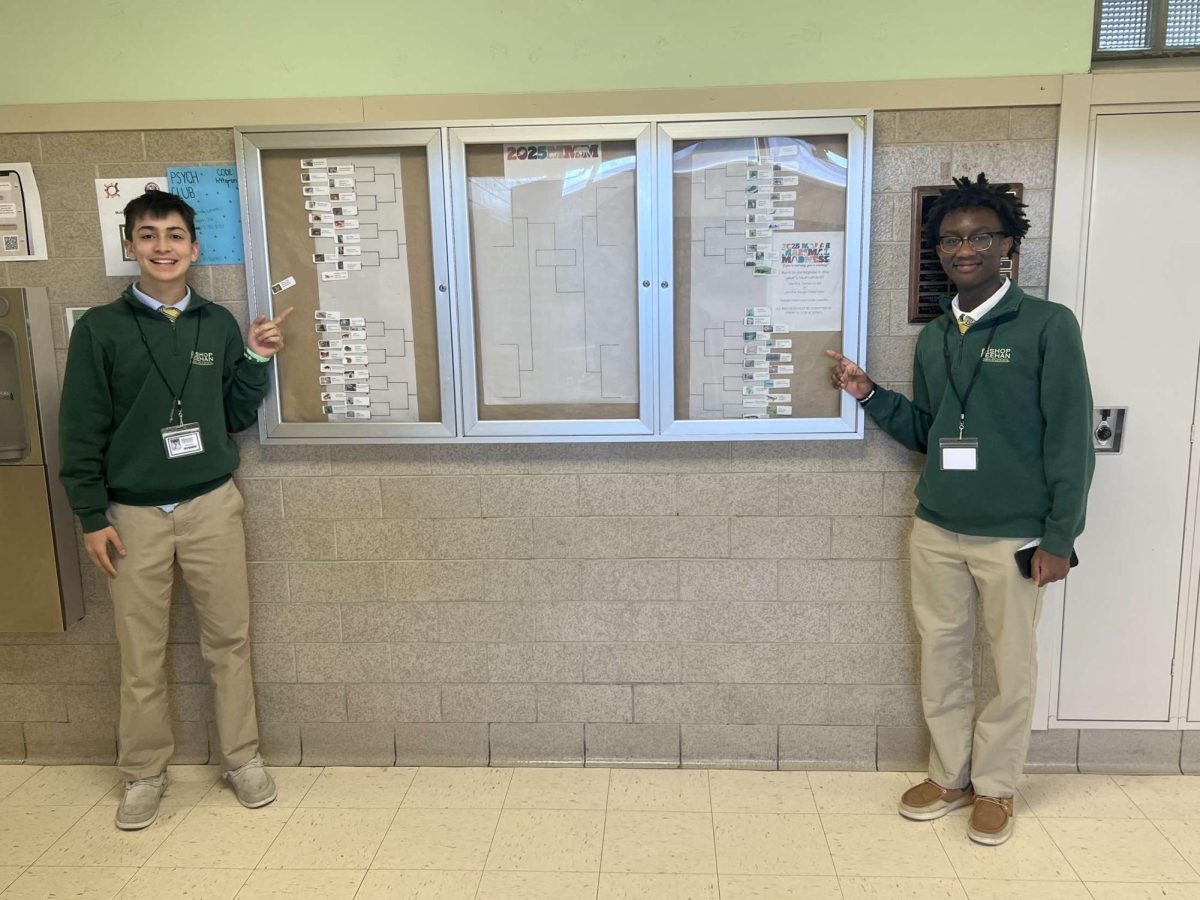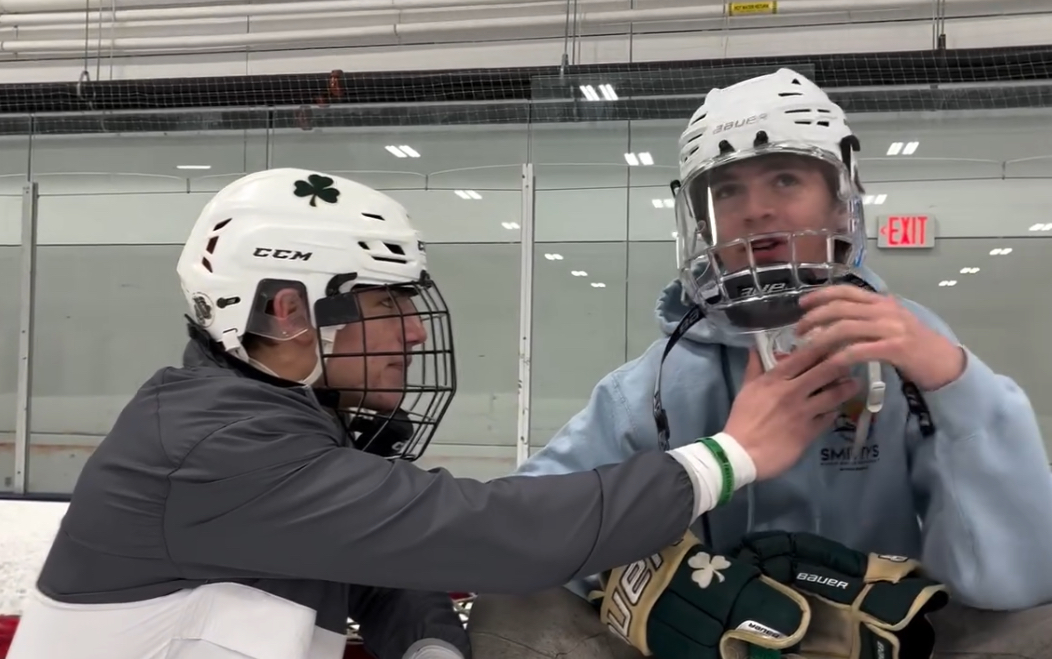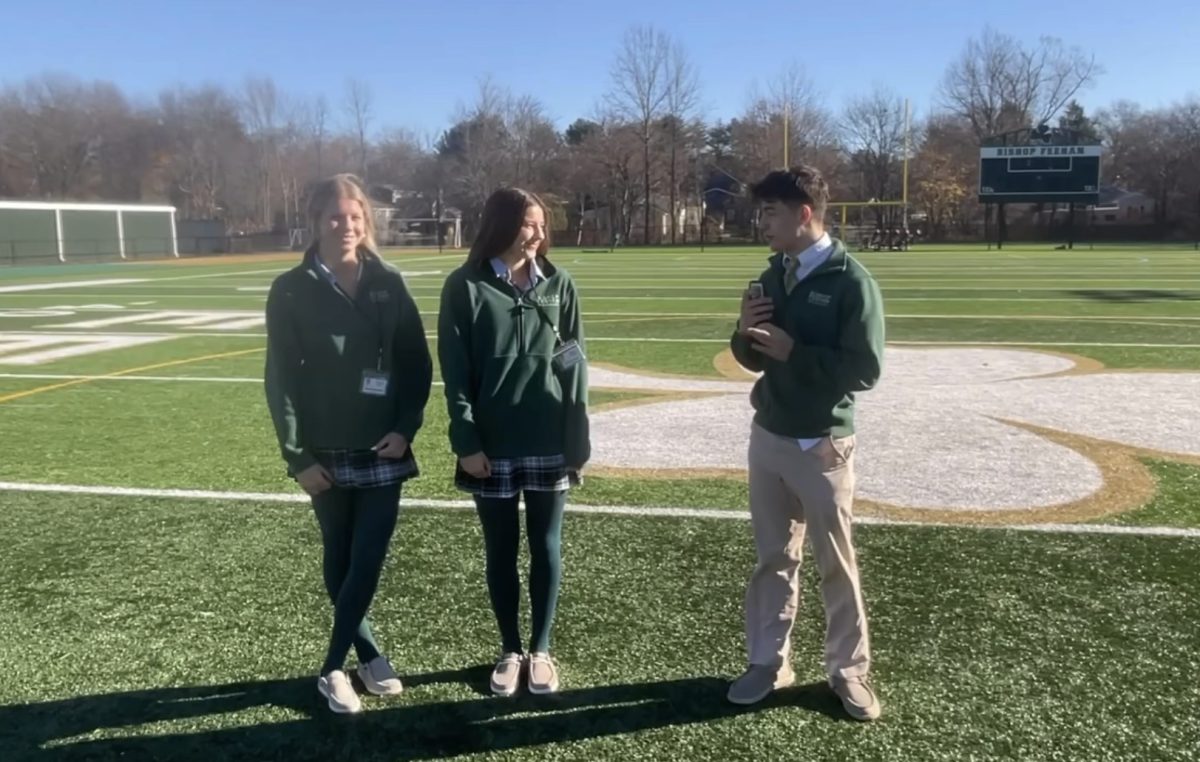100 Years On
June 1, 2022
Witnessing carnage and devastation in Kharkiv and Kyiv in the fight to maintain the Ukrainian People’s Republic, could my paternal grandparents in 1918 Odessa and Kyiv have fathomed the headlines would be the same just over 100 years later? In those years of the Russian Revolution, they fled the religious persecution of the Red Pogroms—perpetrated by both sides, the (Russian) Red and Ukrainian Armies—and walked well over 1,700 miles to France where they were given passage to the United States via Cuba thanks to the charity of the Rothschilds. Had they stayed and survived the World War II German occupation could they have imagined the echoes of history today, like those that lived through the Stalinist purges or Soviet era must experience— or the Holocaust survivor, Borys Romanchenko, who suffered through war in his homeland and concentration camps yet perished in the recent Russian attack on Kharkiv?
Neither my paternal grandparents nor my father, who in the U.S. Navy fought in World War II and volunteered out of conviction for a land mission on the continent, are alive to witness today’s iterations of fascism. My mother lived through one of the twentieth century’s defining moments, Nazi Germany. Viewing the images from Ukraine she is returned to nights when her uncles and father (an officer in the Wehrmacht who with his brothers also fought in World War I) were fighting on the front and she, her mother and siblings hid in their neighbor’s bunker praying the rosary as Allied bombs fell, sometimes emerging to find neighboring villages destroyed. When the bombs started to fall nightly, the family went to relatives in the remote Black Forest. It was there that they would run into the woods when there were bombings on civilian homes.
Nothing could be bought, and her First Communion dress was made of first aid gauze. They had enough to eat, barely—yet she and her family were incredibly lucky in those days, and veritably rich compared to most of today’s refugees. When we speak on the phone, she repeatedly asks me after seeing the images from Ukraine, How can this be? It’s just like in the War.
The better question may be, How can this be, yet again? “The world will not be destroyed by those who do evil, but those who watch them without doing anything,” reminded us Albert Einstein, who left Germany in 1932. Genocides, atrocious war crimes and violations of basic human dignity and rights have continued, but at a comfortable enough geographic—and perhaps more importantly, cultural—distance to be relatively ignored. For example, perhaps most strikingly, shortly before the Russian attack on Ukraine, from the Middle East, Syrian, Afghan and other refugees were trapped in direly unimaginable conditions on the Belarus-Poland border—many of whom froze to death— a mere example of a much longer-standing, global humanitarian migrant crisis largely unaddressed on the world stage.
What will your voice say in determining the United States’ role on this stage? Recently—less than 100 years ago—the American Fascist movement was strong. American eugenicists embraced Nazi propaganda. Hitler sent lawyers to the United States to study our race-based laws, the most codified in the world at the time, which served as the model for the Third Reich’s racial laws. Segregation laws separating Black and Whites were studied, but of particular interest were laws that designated Native Americans, Asians and other groups as non-citizens, despite living in the United States or its territories, providing a legal basis to deny individuals rights. However, some
American laws, such as the “one-drop rule” which prevented Blacks, Asians and Native Americans from marrying Whites, were deemed too extreme by the Nazis. Jim Crow may have inspired the Nuremberg Laws which led to genocide—but in the United States, the outcome was the civil rights movement, the recognition that the American project of freedom and equality should be universal in law. To enact the core values of our nation’s founding fathers, we must fully embrace not only those ideals but the threats to their very existence, or we risk repeating history, once again.
My father was awarded the Purple Heart in World War II. Years after the war’s end, in Chicago he was met with signs reading, “No Jews or dogs allowed”—yet he was never deterred from his commitment to the American dream and project, and simply accepted that he should hide his religious and cultural background as the son of Yiddish- speaking Jewish Ukrainian refugees. He permanently left school in 6th grade during the Great Depression to support his family. He always framed this as opportunity, never injustice: hard work, gratitude and civic duty were his steadfast principles. Nowadays, his story is a quintessential American immigrant story, part of which is his love story with my German mother, who came to the U.S. after World War II, where she faced discrimination and hatred despite what is now considered her Whiteness, as the Irish and Italians before her. My parents are examples of a romanticized and even mythologized generation whose history is fully integrated in the popular imagination, unlike the Americans with the longest histories and nation-building contributions in our country who are Native, Black and Asian. I share this story not only because it is mine but because of the terrifying current parallels in insidious populism, fears and mindset that set the stage for twentieth century cataclysms.
We must see the proximity, possibility and repetition of fascism as a merely ever- present option to face head on, and not as a historical indictment or something to deny or fear. The suspension of the law, exceptionalism, the designation of which lives are worth living have historically time and again proven the gateway for normalizing the repression and even destruction of fellow humans. “Never again” means remembering and sharing stories again and again—most urgently and especially the ones that cause the greatest discomfort—to make all these stories truly collectively ours and build a national and global community of solidarity dedicated to liberty and equality.
